Content is King: 5 Ways to Create Compelling Content for Your Business

In a world where attention spans are shorter than ever, creating compelling content for your business is essential. Whether you’re a startup or an established brand, your ability to captivate your audience can mean the difference between success and failure. But with so much content out there, how can you make sure that yours stands out?

This blog will show you the five steps to creating compelling content that resonates with your audience. From crafting a strong brand message to developing a storytelling strategy, we’ll share the tips and tricks you need to unlock your brand’s potential. So if you’re ready to take your business content to the next level, let’s dive in!
5 Tips to Write Compelling Content
1. Step 1: Define your brand message
When it comes to creating compelling content for your business, having a clear brand message is crucial because it sets you apart from your competitors. Without a clear brand message, your content can become muddled and confusing, making it difficult for your audience to understand what you stand for.
By defining what your brand stands for, you can create a consistent message across all of your content. Create a brand identity that your target audience can resonate with. A clear brand message also helps build trust with your audience. When your audience understands what you stand for and what you can offer them, they are more likely to trust you and become loyal customers.
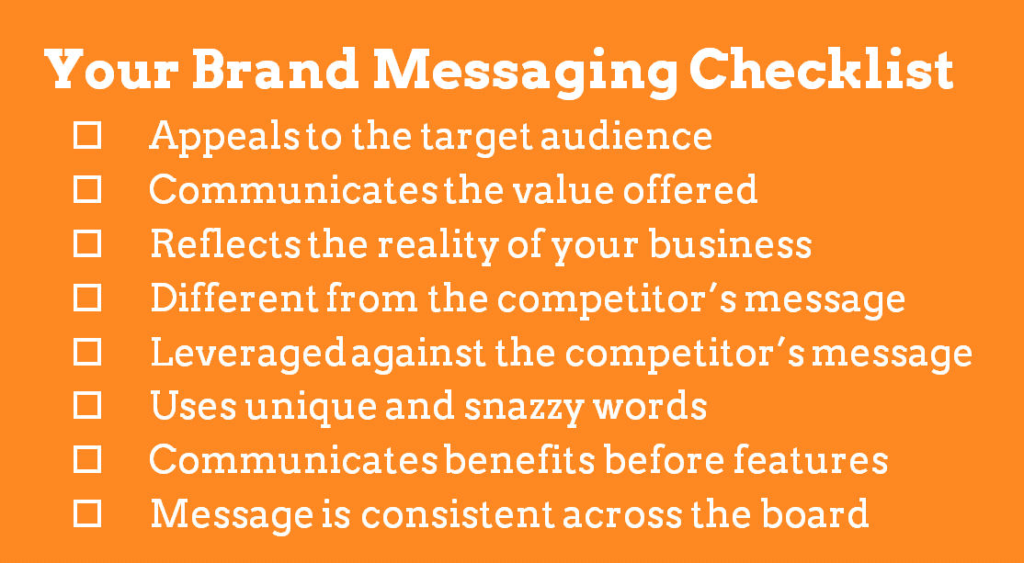
Tips for identifying your brand message
- Determine your unique value proposition: What sets your business apart from others in your industry? What unique benefits do you offer your customers?
- Define your target audience: Who are your ideal customers? What are their pain points and how can your brand help solve them?
- Craft a concise brand statement: Use your unique value proposition and target audience to create a clear and concise brand statement that communicates your brand’s core values.
Effective brand messaging: Compelling content examples
Several businesses have effectively defined their brand message and used it to create compelling content. For example, Apple’s brand message is “Think Different,” which speaks to its innovation and commitment to breaking the mold. Coca-Cola’s brand message is “Open Happiness,” which evokes a feeling of joy and positivity that is consistent across all of its content.

2. Step 2: Develop a storytelling strategy
Effective storytelling is a powerful tool for creating compelling content that resonates with your audience. By telling a story, you can engage your audience on an emotional level and make your brand more relatable.
Leveraging advanced technologies, story generation with AI tools now offer creators more robust opportunities to automate and enhance narrative creation, leading to deeper engagement.”
Storytelling has the power to capture people’s attention and make them remember your brand. It can create a connection between your audience and your brand.
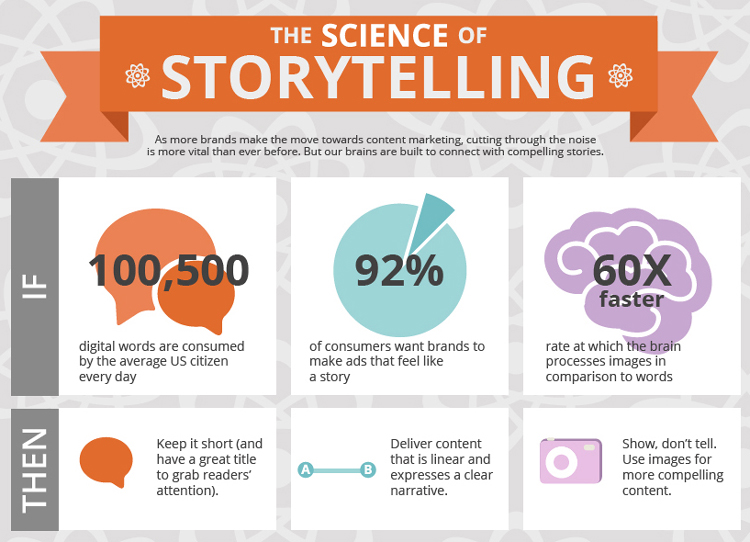
Tips for developing a storytelling strategy
- Identify your brand’s unique story: What experiences and values have shaped your brand’s identity? What sets you apart from your competitors?
- Know your audience: Understand your audience’s needs and interests so you can create stories that resonate with them.
- Use visuals: Use images and videos to enhance your storytelling and make it more engaging.
Effective storytelling strategies: Compelling content examples
For example, Nike’s “Just Do It” campaign tells the story of athletes who push themselves to their limits, inspiring viewers to do the same. Airbnb’s “Belong Anywhere” campaign tells the story of travelers who connect with locals and experience new cultures, creating a sense of community around their brand.

3. Step 3: Know Your Audience
Knowing your target audience is crucial for creating content that resonates with them. By understanding their needs and interests, you can create content that speaks directly to them and increases engagement with your brand.
Identifying your target audience helps you tailor your content to their specific needs and interests. This helps in making your content more relevant to them. It also increases the chances that they will engage with your brand and become loyal customers.
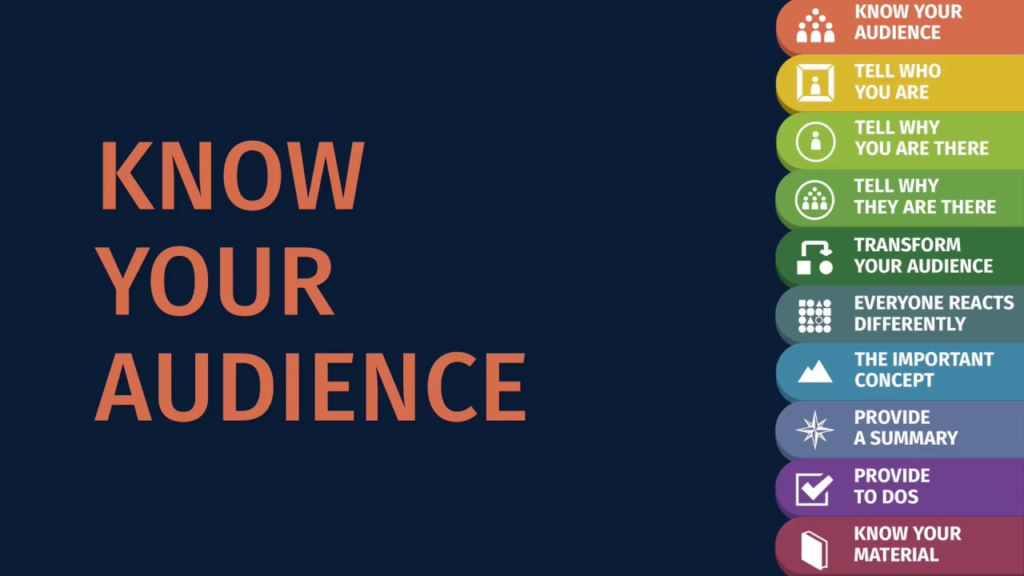
Tips for identifying your target audience
- Conduct market research: Gather data on your audience’s demographics, interests, and behaviors.
- Analyze your current audience: Look at who is already engaging with your brand and what they have in common.
- Create buyer personas: Develop fictional characters that represent your ideal customers and use them to guide your content creation.
Deep understanding audience: Compelling content examples
Some businesses that have a deep understanding of their audience include Sephora and Dollar Shave Club. Sephora knows its audience’s interests and preferences, which allows it to create content and products that resonate with them. Dollar Shave Club knows that its target audience is men who want a convenient, affordable way to shave, and it uses humor and relatable content to engage with them.
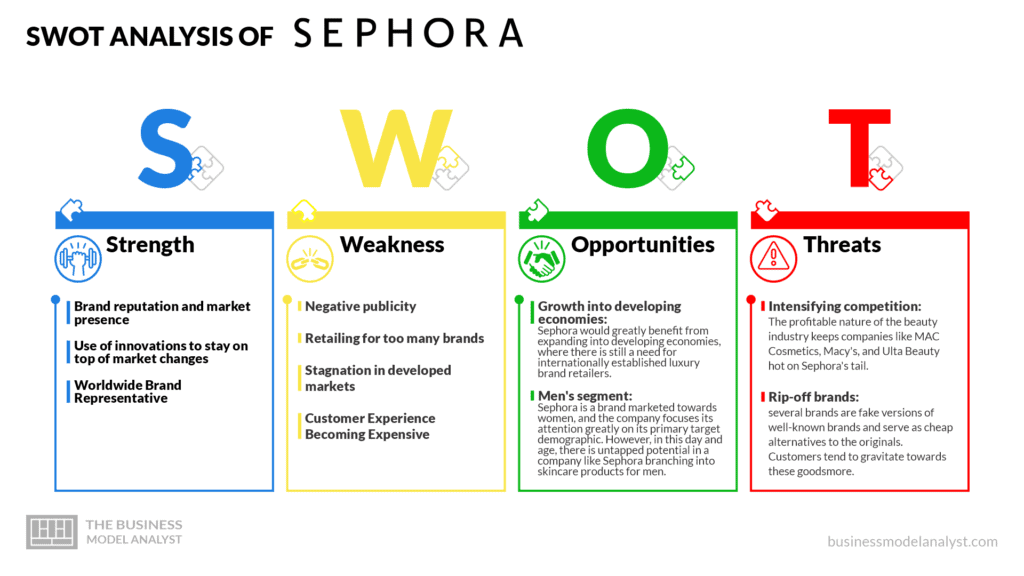
4. Step 4: Create high-quality content
Creating high-quality content is the key to attracting and retaining your audience’s attention. Quality content demonstrates your expertise, builds trust with your audience, and encourages them to engage with your brand.
High-quality content sets your brand apart from the competition and demonstrates your commitment to providing value to your audience. It can also improve your search engine rankings, making it easier for potential customers to find your brand.
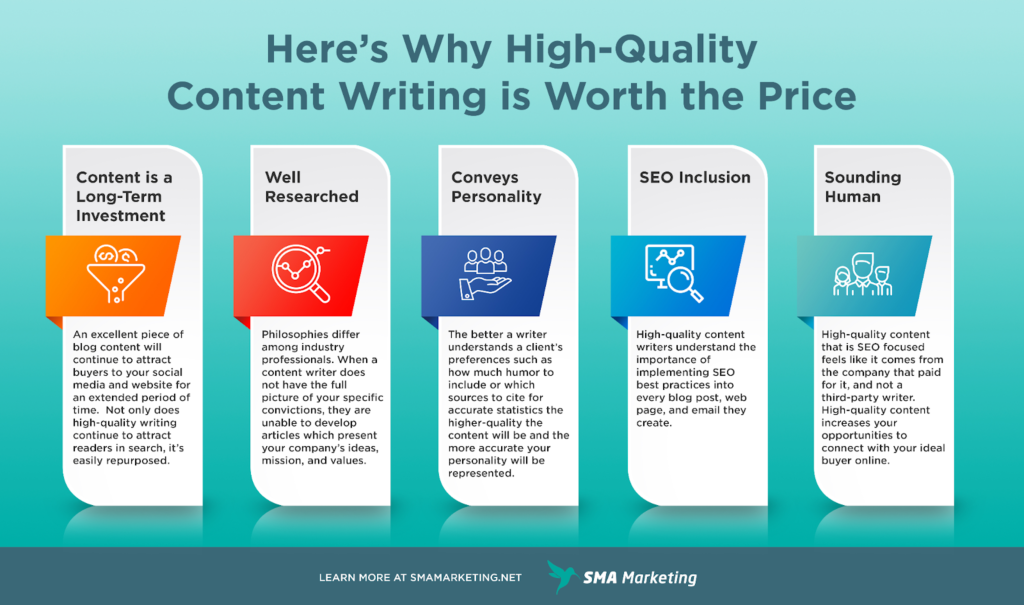
Tips for creating high-quality content
- Focus on providing value: Ensure your content is informative, useful, and relevant to your audience.
- Use a clear and concise writing style: Write in a way that is easy to understand and engaging.
- Incorporate visual elements: Use images, videos, and other visual elements to enhance your content and make it more engaging.
High-quality content: Compelling content examples
Some businesses that consistently produce high-quality content include HubSpot and Moz. HubSpot produces a wealth of informative, actionable content on a variety of topics. Moz provides valuable content on search engine optimization and other digital marketing topics.
5. Step 5: Promote your content
Promoting your content is just as important as creating it. Without promotion, your content may not reach its intended audience, limiting its impact and reducing your ROI. Promoting your content ensures that it reaches your target audience, increases engagement with your brand, and drives conversions. By promoting your content through various channels, you can expand your reach and increase the chances of your content being seen and shared.
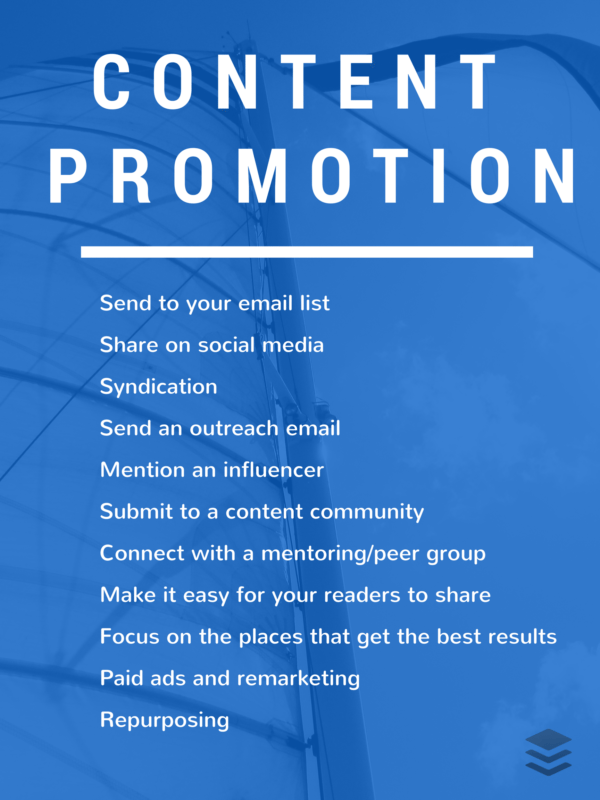
Tips for promoting your content
- Use social media: Share your content on social media platforms where your target audience is active.
- Leverage email marketing: Use email marketing campaigns to promote your content through infographics to your existing audience.
- Collaborate with influencers: Partner with influencers who can help promote your content to their followers.
Successful content promotion strategies: Compelling content examples
Some businesses that have successful content promotion strategies include Buzzfeed and The Hustle. Buzzfeed is a media company that uses social media platforms to promote its content, leveraging its massive following to drive traffic and engagement. The Hustle uses email marketing campaigns to promote its daily newsletter, which features content on business and tech news.
Experience the Power of Content
In conclusion, creating compelling content is essential for businesses looking to attract and retain customers. By following the five steps outlined in this article – defining your brand message, developing a storytelling strategy, knowing your audience, creating high-quality content, and promoting your content – you can create content that engages and inspires your audience.
It’s time to take action and start implementing these steps to create compelling content that drives business success. Remember, the quality of your content can make all the difference in achieving your marketing goals.
Latest Blogs
Learn how to rank on AI search engines like ChatGPT, Perplexity, and Gemini by optimizing your content for authority, structure, and relevance. Stay ahead in AI-driven search with this strategic guide.
Explore the best healthcare SEO services for your medical practice. Improve online visibility and effectively reach more patients in need of your services.
Discover top social media agencies specializing in banking solutions, enhancing financial services and driving engagement.
Get your hands on the latest news!
Similar Posts

B2C Marketing
5 mins read
Top Choices for Best Content Marketing Services in B2B Industries

Artificial Intelligence
5 mins read
How A Lead Generation Specialist Can Use AI-Powered Content Funnels to Drive Conversions

Artificial Intelligence
4 mins read